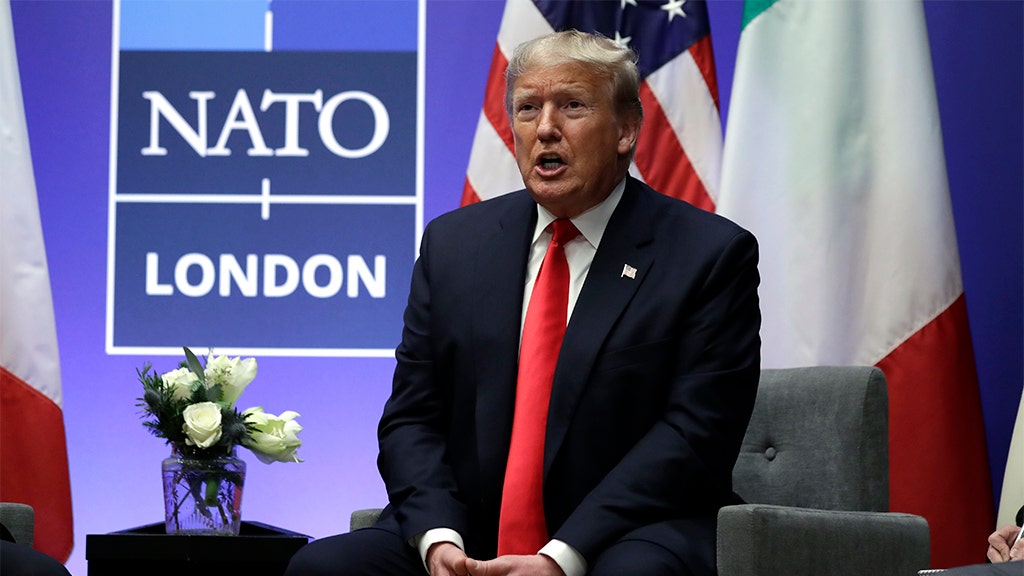The North-South Summit in Lapland, Finland, brought together leaders from four NATO nations and the European Union to address burgeoning security concerns, primarily focusing on Russia’s continued aggression in Ukraine and the implications of the incoming Trump administration. A central theme of the discussions revolved around the necessity for increased defense spending within the alliance. While acknowledging the existing 2% GDP benchmark for defense expenditure, the assembled leaders, including Greek Prime Minister Kyriakos Mitsotakis, concurred that this figure was likely outdated given the evolving geopolitical landscape. Mitsotakis explicitly stated the need to surpass the 2% mark, but deferred specifying a new target pending interactions with the incoming US president. This cautious approach reflects the uncertainty surrounding the Trump administration’s specific policy proposals regarding NATO’s defense spending requirements.
The summit participants grappled with a recent report suggesting that President-elect Trump intends to advocate for a substantial increase in NATO’s defense spending target, potentially raising it from 2% to 5% of GDP. This proposition carries significant implications for all member states, including the United States, which currently allocates slightly over 3% of its GDP to defense. While the Trump transition team refrained from confirming the specific figure, they emphasized Trump’s commitment to ensuring European allies shoulder a fairer share of the defense burden, citing the disproportionately high contribution of US taxpayers. This stance resonates with certain conservative voices within the US Congress who have expressed skepticism about continued aid to Ukraine and have even engaged in internal disputes regarding spending priorities.
Despite the shared recognition of Russia as the predominant security threat in Europe, the NATO leaders exercised restraint in reacting to speculative reports about the incoming Trump administration’s policies. Italian Prime Minister Giorgia Meloni emphasized the importance of awaiting concrete pronouncements from the new US president before formulating definitive responses, while acknowledging the general consensus regarding the need for increased defense contributions. This sentiment was echoed by Finnish Prime Minister Petteri Orpo, who stressed the imperative for Europe to assume greater responsibility for its own security, highlighting the need for strong European leadership within both the EU and NATO. He further underscored the broader geopolitical challenges emanating from regions like the Middle East and North Africa, emphasizing the complex security environment requiring a comprehensive and adaptable approach.
Swedish Prime Minister Ulf Kristersson framed the discussion on increased defense spending within the context of reducing European reliance on the United States as the principal financial contributor to NATO’s defense. He argued that a demonstrable commitment to bolstering European defense capabilities would serve both to enhance overall security and reassure Washington of Europe’s seriousness in addressing the shared threat posed by Russia. This perspective underscores the intricate interplay between internal alliance dynamics and the broader geopolitical landscape, where perceptions of burden-sharing and commitment play a crucial role in maintaining cohesion and effectiveness. The summit discussions thus reflected a delicate balancing act between acknowledging the need for increased defense investment and awaiting concrete policy pronouncements from the incoming US administration.
The historical context of NATO’s defense spending commitments provides further insight into the current debate. During his first term, President Trump exerted considerable pressure on NATO allies to fulfill the 2% GDP spending pledge, resulting in a temporary increase in compliance. However, this progress was partially reversed following his departure, only to be revitalized by Russia’s invasion of Ukraine. By 2024, a record number of NATO members had reached or surpassed the 2% target, driven by the heightened security concerns arising from the conflict. This evolving trajectory underscores the dynamic nature of defense spending commitments, influenced by both internal political factors and external security challenges. The current discussions within NATO, therefore, represent the latest chapter in an ongoing debate regarding the equitable distribution of defense responsibilities and the appropriate level of investment required to address evolving threats.
The summit discussions ultimately highlighted a convergence of perspectives on the need for increased defense spending within NATO while simultaneously revealing a degree of caution and anticipation regarding the specific policy direction of the incoming Trump administration. The leaders’ emphasis on awaiting concrete proposals from the new US president reflects a recognition of the significant influence the US exerts within the alliance and the potential for its policies to shape the future of defense spending commitments. The discussions also underscore the complex interplay between internal alliance dynamics, external security challenges, and the evolving perceptions of burden-sharing among member states. The debate surrounding NATO’s defense spending is thus far from settled and is likely to continue to evolve in response to both geopolitical developments and internal political considerations within member states.

